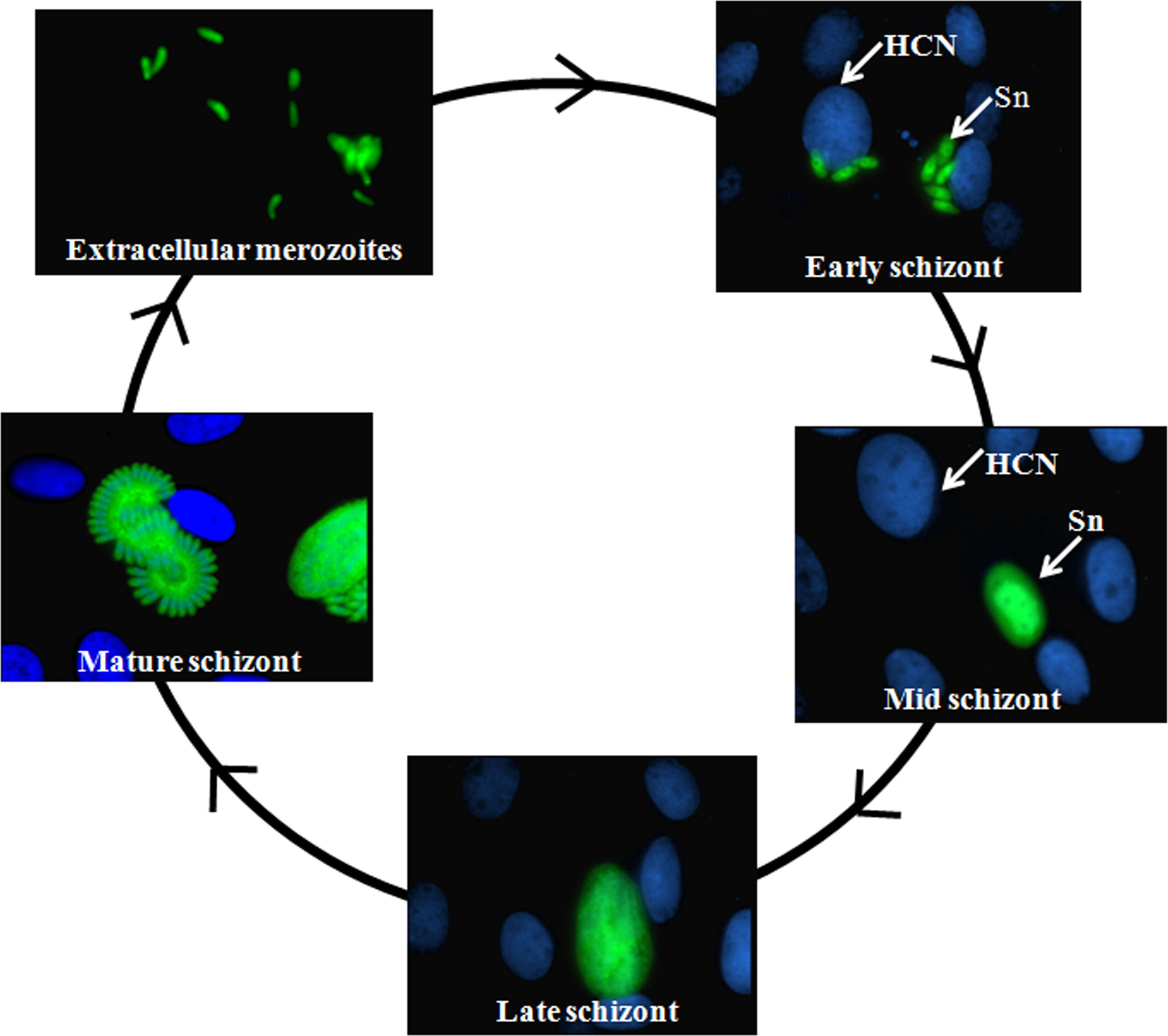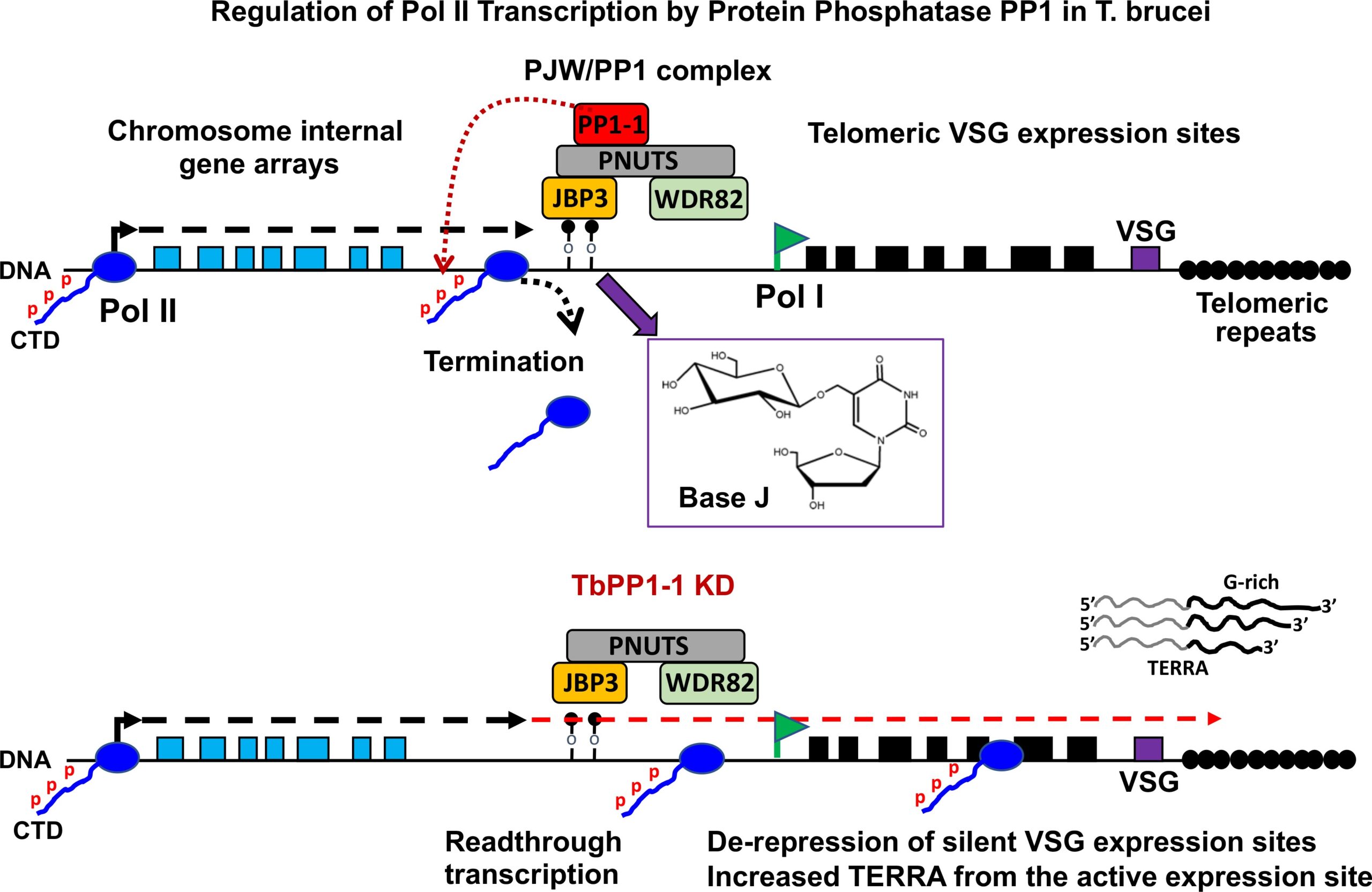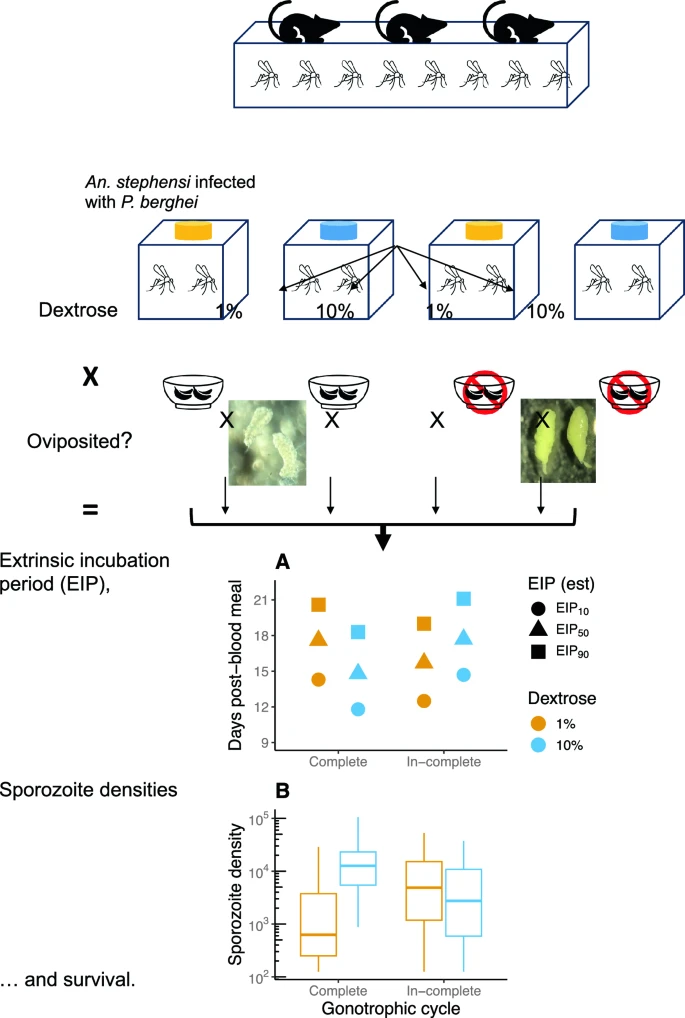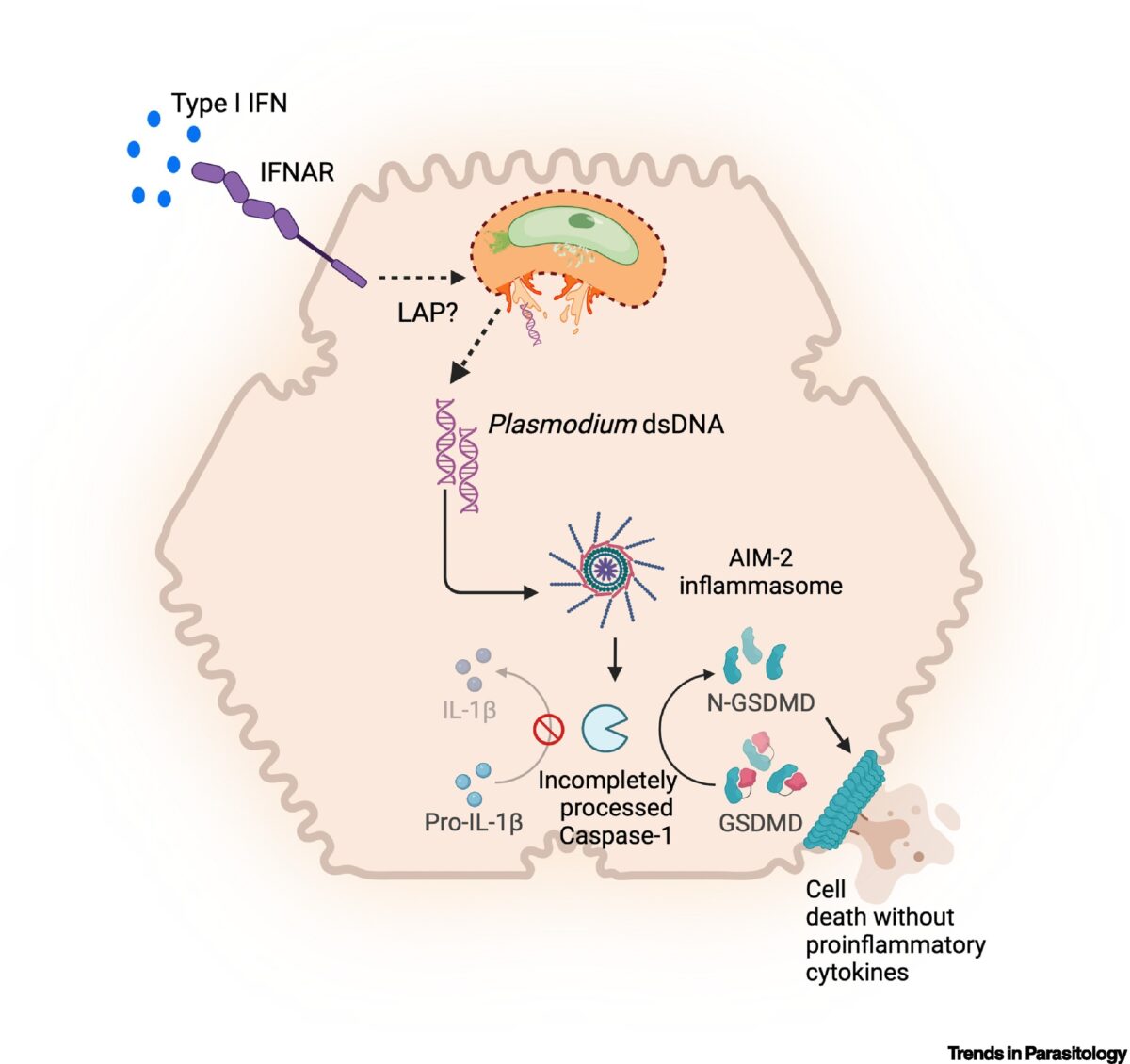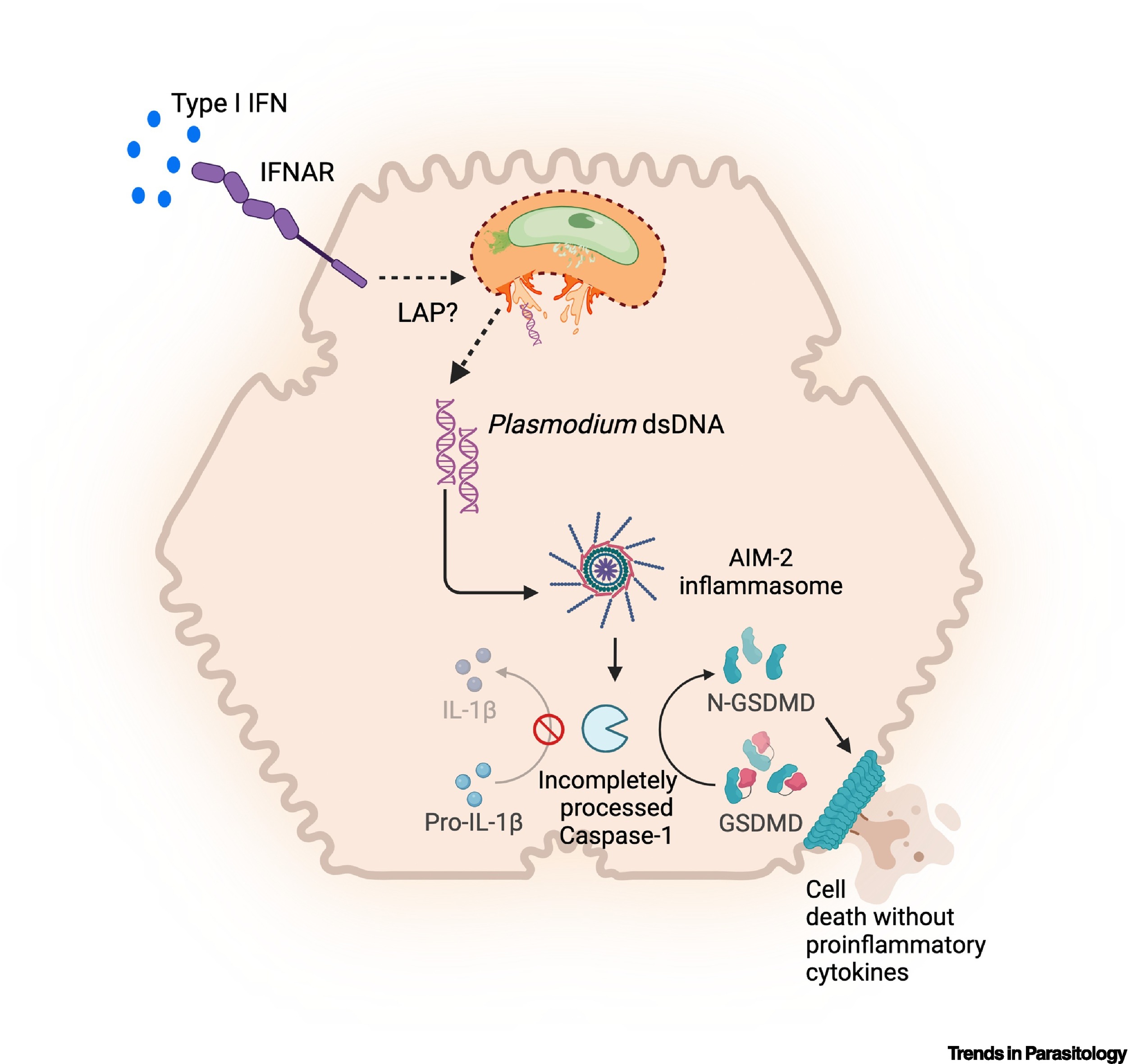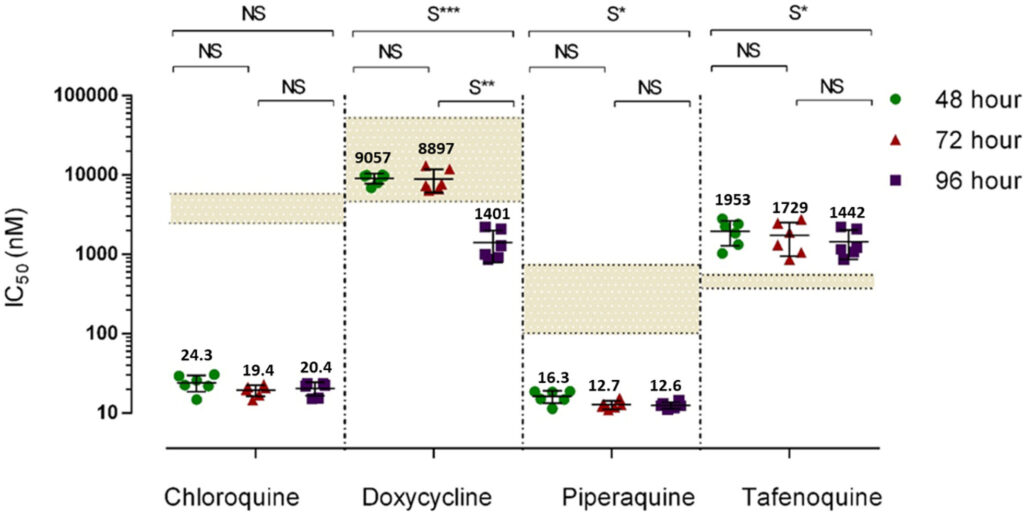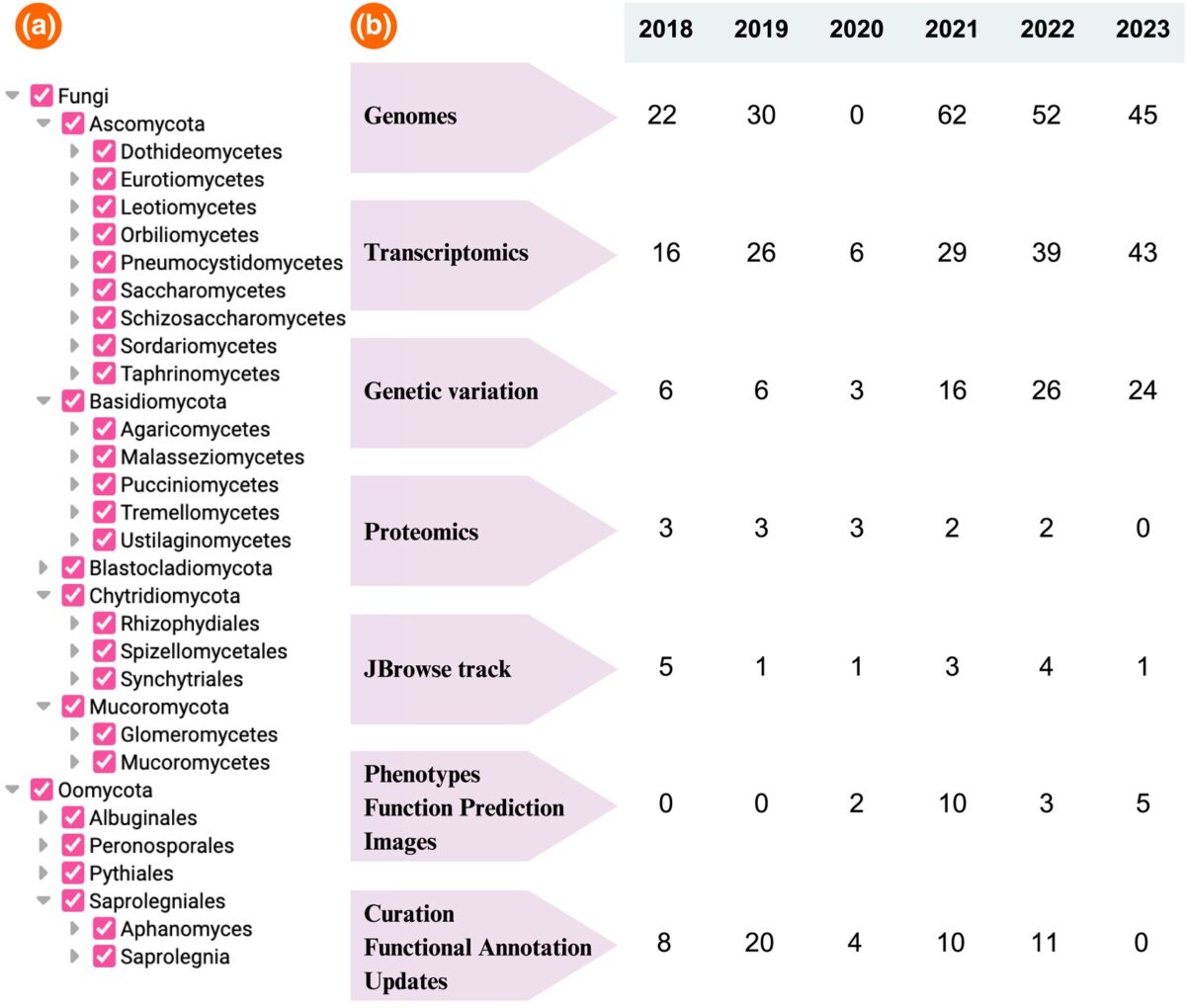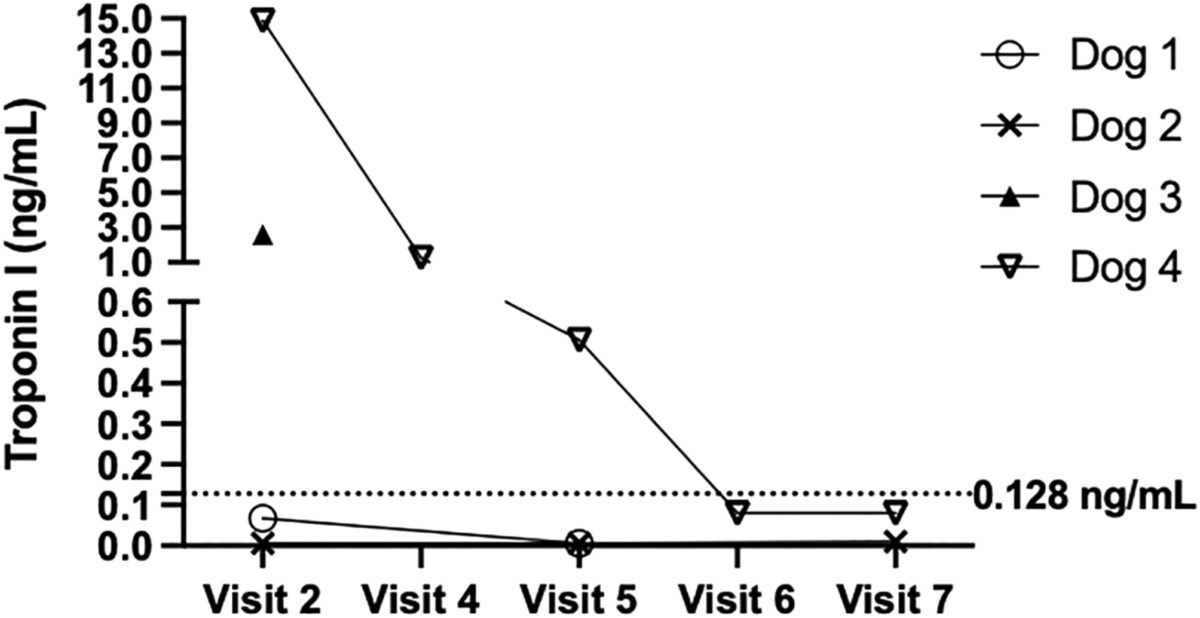A Drug Repurposing Approach Reveals Targetable Epigenetic Pathways in Plasmodium vivax Hypnozoites

Radical cure of Plasmodium vivax malaria must include elimination of quiescent ‘hypnozoite’ forms in the liver; however, the only FDA-approved treatments are contraindicated in many vulnerable populations. To identify new drugs and drug targets for hypnozoites, we screened the Repurposing, Focused Rescue, and Accelerated Medchem (ReFRAME) library and a collection of epigenetic inhibitors against P. vivax liver stages. From both libraries, we identified inhibitors targeting epigenetics pathways as selectively active against P. vivax and P. cynomolgi hypnozoites. These include DNA methyltransferase (DNMT) inhibitors as well as several inhibitors targeting histone post-translational modifications. Immunofluorescence staining of Plasmodium liver forms showed strong nuclear 5-methylcystosine signal, indicating liver stage parasite DNA is methylated. Using bisulfite sequencing, we mapped genomic DNA methylation in sporozoites, revealing DNA methylation signals in most coding genes. We also demonstrated that methylation level in proximal promoter regions as well as in the first exon of the genes may affect, at least partially, gene expression in P. vivax. The importance of selective inhibitors targeting epigenetic features on hypnozoites was validated using MMV019721, an acetyl-CoA synthetase inhibitor that affects histone acetylation and was previously reported as active against P. falciparum blood stages. In summary, our data indicate that several epigenetic mechanisms are likely modulating hypnozoite formation or persistence and provide an avenue for the discovery and development of improved radical cure antimalarials.
S. P. Maher, M. A. Bakowski, A. Vantaux, E. L. Flannery, C. Andolina, M. Gupta, Y. Antonova-Koch, M. Argomaniz, M. Cabrera-Mora, B. Campo, A. T. Chao, A. K. Chatterjee, W. T. Cheng, E. Chuenchob, C. A. Cooper, K. Cottier, M. R. Galinski, A. Harupa-Chung, H. Ji, S. B. Joseph, T. Lenz, S. Lonardi, J. Matheson, S. A. Mikolajczak, T. Moeller, A. Orban, V. Padín-Irizarry, K. Pan, J. Péneau, J. Prudhomme, C. Roesch, A. A. Ruberto, S. S. Sabnis, C. L. Saney, J. Sattabongkot, S. Sereshki, S. Suriyakan, R. Ubalee, Y. Wang, P. Wasisakun, J. Yin, J. Popovici, C. W. McNamara, C. J. Joyner, F. Nosten, B. Witkowski, K. G. Le Roch, D. E. Kyle. 2024. eLife13:RP98221, https://doi.org/10.7554/eLife.98221.1

